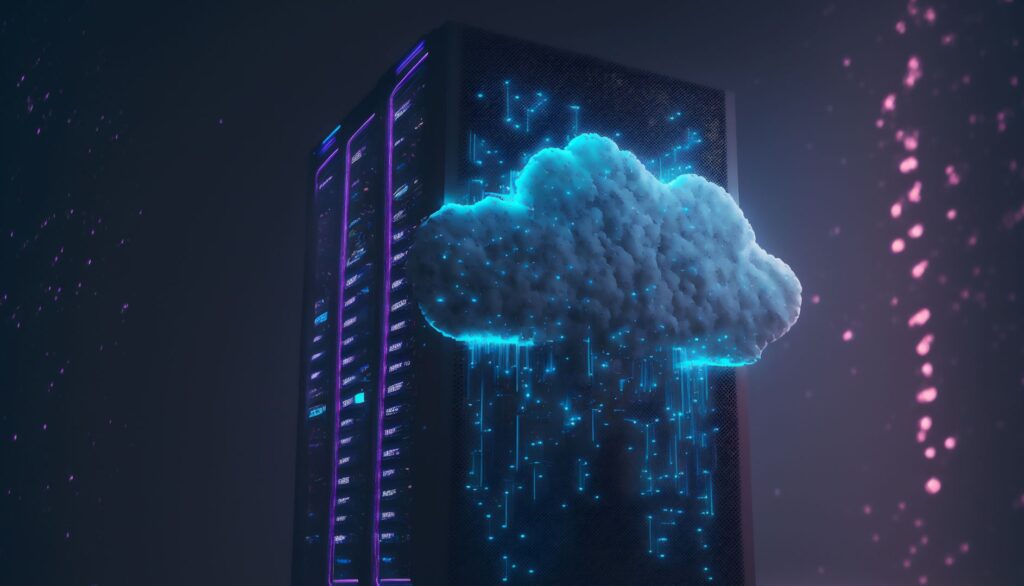App Modernization defines itself; just by reading the title, you can sense or deduct the meaning of this practice. Its definition is literal.
Your company probably had a deal in the past with outdated software (ERP, CRM, WMS, SCM, etc.) that doesn’t allow integration with other tools due to its old technology or that you want to open it from your mobile device, and it is not possible.
In the following article, we will explain a few details about this:
App modernization consists of updating old software under new schemes and computer approaches, modern methodologies, robust computing strategies (cloud, on-premises, hybrid), platforms, languages, and more actual settings.
This practice is also named legacy modernization or legacy application modernization. A legacy system refers to obsolete infrastructure, apps, and processes.
Legacy systems are typically in tightly coupled monolithic environments. They often run in datacentres (on-premises environments) owned by the organization and also hosted, supported, and managed by the organization.
Although these systems are functional, their maintenance generates essential costs, and their functionality requires aptitudes and high IT senioritis that are very hard to find.
A clear example of app modernization is the equivalence to reforming an old house and taking advantage of efficiency updating, security, structural integrity, etc. Instead of taking out or replacing an existing system, this practice extends the useful life of the organization’s apps and, at the same time, takes advantage of technical innovations.
Updating can imply high costs and time-consuming efforts for organizations when it is done without a strategic modernization plan. To achieve the goals, it is essential to focus on the problem you need to solve and do strict comparative benefits–costs analysis before making any decision. In theory, all apps can be modernized, but not always the help – costs make sense.
Modernization strategies may vary, from the code restructuration, using refactoring tools (or not), migrating it to more modern infrastructures with minimum changes on the code (sometimes without modifications), up to doing a total redesign system replacement, especially the on-premise infrastructure to the cloud.
There are common patterns for app modernization, which move based on ease of implementation. The easier it is, the lower the risk and impact, but also it will have less value, agility, and benefits (from the business perspective). The most common patterns for apps modernization are:
Lift and shift or Rehosting: its concept consists of moving the obsolete app with minimum or zero changes in the code. It is perhaps the most straightforward strategy but also the one that comes least close to the expected results since it is unusual to find obsolete applications whose developments have been planned and implemented with enough portability to adapt quickly from one environment to another, requiring few or no code settings.
Refactoring: Refactoring is essentially another form to say rewrite or restructuration. This pattern for app modernization needs to take a legacy app and redo significate code parts to execute it better in a new environment, generally on the cloud. This approach requires a rewrite of the entire code. The development team can choose this pattern, for example, if the goal is to separate a monolithic app into smaller, decoupled parts, to achieve an architectural option commonly known as microservices. Microservices can be used to maximize the infrastructure benefits, and native cloud tools, including containers and their respective orchestration.
Replatforming: This pattern can be seen as a middle point between lift and shift and refactoring patterns. It does not require significant changes to the code or architecture, as it happens in the refactoring. Still, it needs complementary updates that allow the legacy app to take advantage of a modern cloud platform and its artifacts, like the app database (backend).
So, why should organizations modernize their apps?
The majority have essential financial and technical investments in their existing app ecosystems. Sometimes the term “legacy” can have a negative connotation regarding software. Still, these legacy apps can be the core and most essential apps for organizations.
Few are willing or can discard these apps and start over again. Costs, productivity losses, and other problems can be too high. That is why app modernization is the most sensible way for many companies to realize the advantages of new software platforms, tools, architectures, frameworks, technologies, and frameworks.
